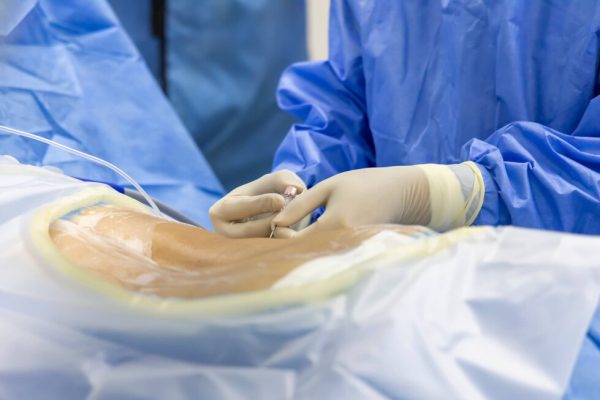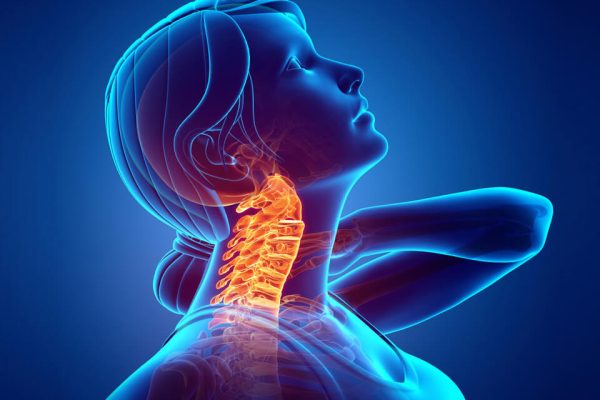Microdiscectomy Surgery in Iran

Cervical Microdiscectomy in Iran
A cervical microdiscectomy in Iran follows the same principles but is performed on the neck region. After administering general anesthesia, the surgeon creates a small passage through the neck muscles using tubular dilators. A portion of bone and joint tissue (laminoforaminotomy) is removed to expose the herniated disc and the pinched nerve. The compressed disc material is then removed with precision instruments.
Cervical nerves control movement and sensation in the shoulders, arms, and hands, so that this surgery can relieve symptoms such as pain radiating down the arm, numbness, tingling, or weakness in the upper limbs.
Cervical degenerative disc disease, often due to aging or injury, can cause disc wear that leads to nerve root compression. Patients may experience pain traveling from the neck to the hand, as well as reduced grip strength or fine motor control. Diagnosis is made through a detailed physical exam and imaging studies such as X-ray, CT, or MRI, sometimes supported by Electromyography (EMG) nerve conduction tests.

When Is a Microdiscectomy for Back Pain Recommended?
A microdiscectomy for back pain may be suggested when a herniated disc in the lower back causes persistent pain, numbness, or weakness that does not improve with non-surgical treatments. Typically, surgery is performed when:
-
A disc fragment breaks off and presses on the spinal nerves.
-
The disc bulges significantly, compressing the spinal cord or nerve roots.
While microdiscectomy often provides substantial pain relief, results vary. Some patients, about 5% of cases, may experience recurring pain or re-herniation.
Post-op Care after a Microdiscectomy Surgery in Iran
How to Prevent Re-Injury after Microdiscectomy Surgery
After undergoing a microdiscectomy, your recovery phase plays a crucial role in maintaining the success of your surgery. To prevent re-injury:
-
Avoid heavy lifting, twisting, or bending until your surgeon confirms it’s safe.
-
Gradually reintroduce gentle movements as your comfort and strength improve.
-
Refrain from high-impact or contact sports for at least 6–8 weeks post-surgery.
-
Follow your physical therapy program diligently to rebuild stability and flexibility.
The medical teams collaborating with Iran Medical Tours provide clear, personalized aftercare guidance to ensure you recover safely and confidently.
Different Surgical Options for Lumbar Disc Treatment in Iran
Depending on your condition, your spine specialist may recommend one of several advanced surgical procedures, all available at Iran’s leading hospitals:
-
Discectomy: Removal of damaged disc material, performed through traditional open surgery or minimally invasive microdiscectomy, to relieve nerve compression.
-
Lumbar Laminotomy: Removal of a small portion of the lamina to access and treat the herniated disc effectively.
-
Spinal Fusion: Often performed following discectomy or laminoplasty, this procedure fuses two vertebrae together to stabilize the spine and reduce pain.
-
Artificial Disc Replacement: A modern alternative to fusion in which the damaged disc is replaced with a biocompatible artificial implant made of metal or plastic, designed to preserve natural spine movement and flexibility.
Each of these procedures is performed using advanced microsurgical tools and imaging guidance to maximize safety, precision, and recovery speed.
Treatment Options for Cervical Radiculopathy in Iran
Cervical radiculopathy- nerve pain caused by compression in the neck- can be effectively treated with a range of surgical options. Your specialist will determine the best approach based on your unique diagnosis and lifestyle needs.
-
Microdiscectomy (Micro Decompression): Removes part of the affected disc to release pressure on the pinched nerve, offering rapid pain relief with minimal downtime.
-
Anterior Cervical Discectomy and Fusion (ACDF): The damaged disc is removed through a small incision at the front of the neck, and the vertebrae are fused using a bone graft or synthetic material to restore stability and eliminate movement at the affected level. It is a treatment for both radiculopathy and associated symptoms, such as neck pain.
-
Artificial Disc Replacement (Disc Arthroplasty): A cutting-edge alternative to fusion that preserves neck motion by replacing the damaged disc with a flexible, artificial one- ideal for active individuals.
-
Posterior Foraminotomy: A minimally invasive technique performed from the back of the neck to remove bone or tissue compressing the nerve root, without requiring spinal fusion.
-
Laminectomy: Removes the lamina (the bony arch of the spine) to relieve pressure on the spinal cord or nerves, sometimes combined with fusion for added stability.
-
Cervical Corpectomy: Reserved for severe spinal cord compression, this procedure removes one or more vertebral bodies and adjoining discs, then reconstructs the spine using grafts and supportive hardware.
Each treatment is performed by highly experienced neurosurgeons in Iran’s top medical centers, ensuring world-class care with excellent outcomes and affordable pricing.
How to Prevent a Slipped Disc
Preventing a slipped disc starts with proper body mechanics and spine care. Here are some simple yet effective tips:
-
Avoid bending or lifting with your waist– always bend your knees instead.
-
Maintain a healthy body weight to reduce strain on the lower back.
-
Incorporate regular physical activity to strengthen your core and back muscles.
-
Limit prolonged sitting and take short breaks to stretch or walk.
-
Quit smoking, as it speeds up disc degeneration and weakens spinal structures.
-
Be mindful of your posture– whether you are standing, sitting, or working at a desk.
Taking these steps helps protect your spine and supports long-term mobility and comfort.
Microdiscectomy Cost in Iran
The cost of microdiscectomy surgery in Iran depends on several factors, including the type of procedure (the number of spinal levels treated- single vs. multiple), the hospital location and reputation, pre-op tests and imaging (such as MRIs, CT scans, or X-rays), post-op care and physiotherapy, and duration of hospital stay.
To receive an accurate cost breakdown tailored to your medical needs, contact our team for an individualized consultation.
You may also want to know about:
-
Brain and Neurosurgery in Iran
-
Deep Brain Stimulation in Iran
-
Kyphosis Surgery in Iran
-
Medical Treatments in Iran
-
Orthopedic Surgery in Iran
-
Scoliosis Surgery in Iran
-
Spinal Canal Stenosis Surgery in Iran
-
Spinal Disc Herniation Treatment in Iran
